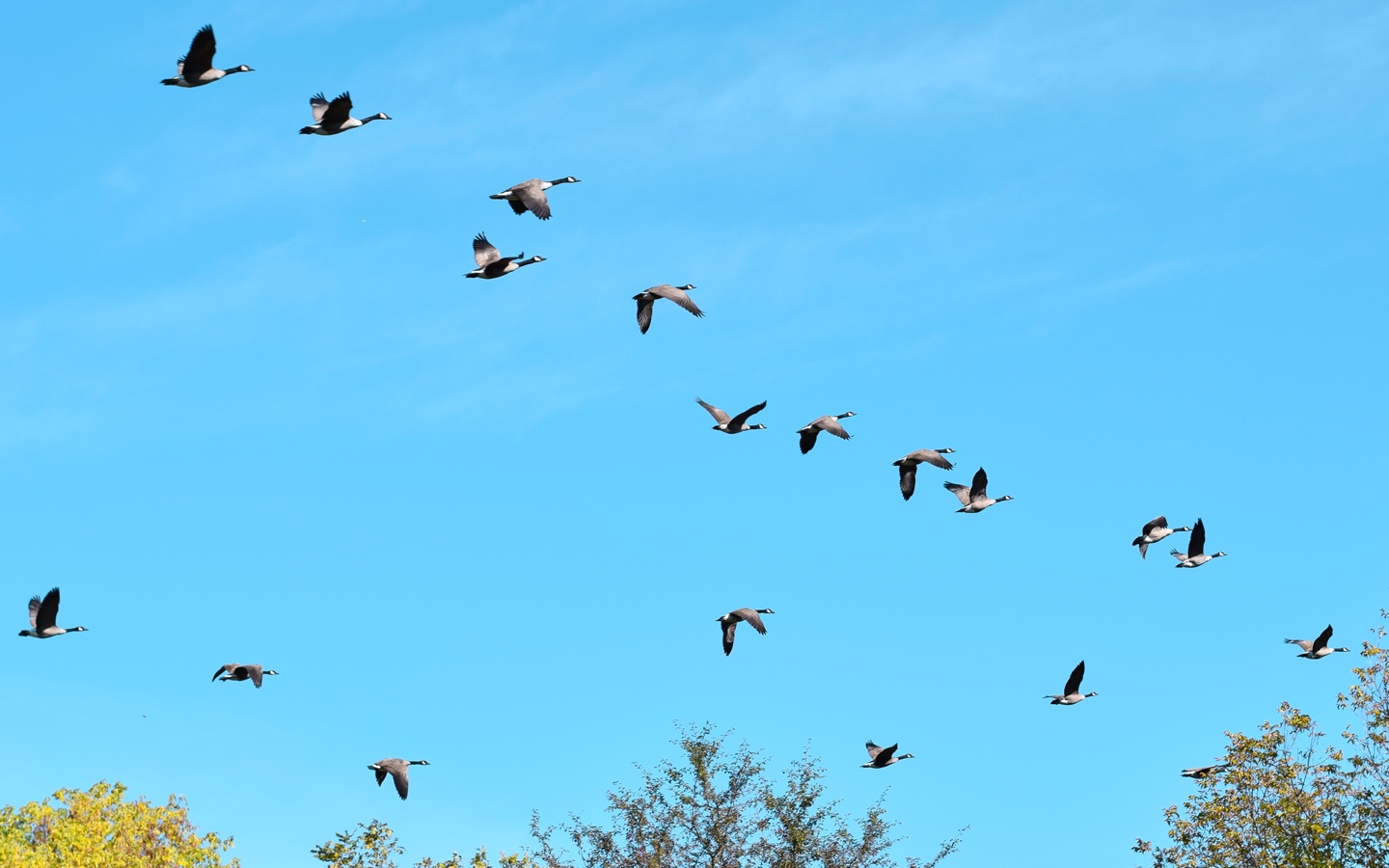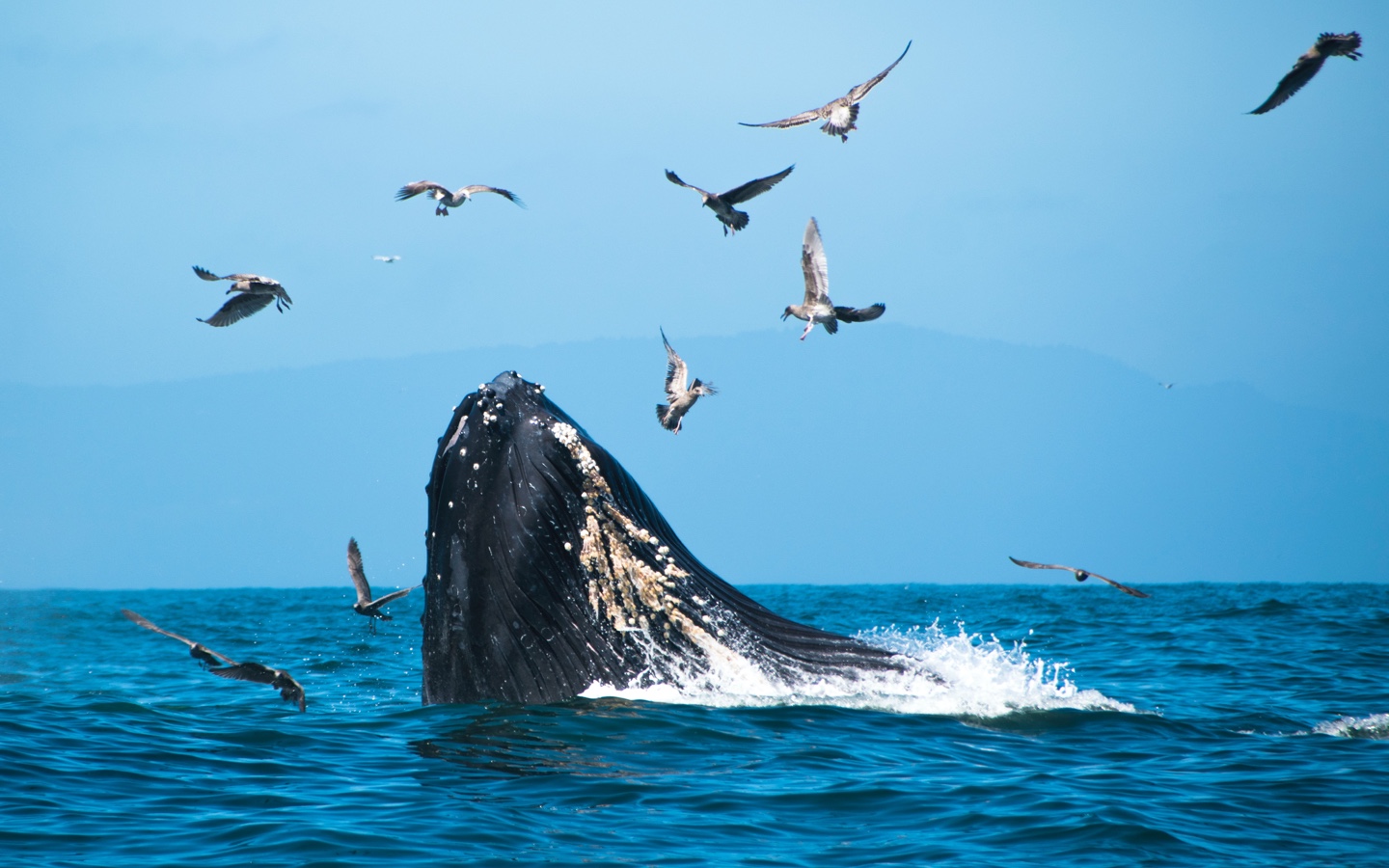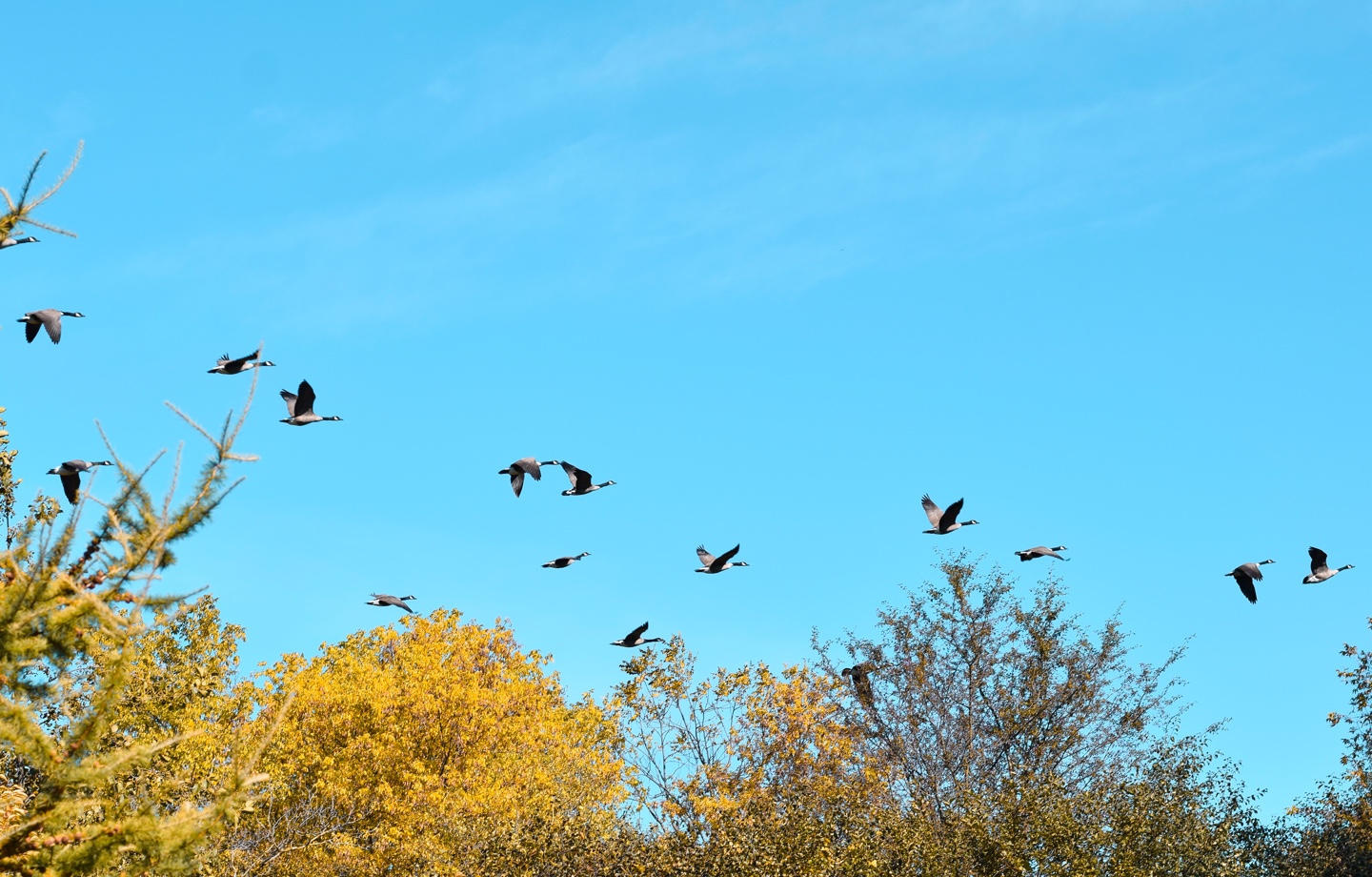Scientists have found a direct correlation between warming temperatures caused by climate change and smaller-sized animal species — and it may end up affecting their population sizes, too.
Evidence has been mounting for decades that climate change and its human causes have devastated the natural world in obvious ways — from substantial declines in global habitats to a significant decrease in wildlife populations. Then, there are the changes that are harder to detect or quantify, like how animals themselves may be changing along with the world around them. A number of studies in recent years exploring wildlife morphology, or the physical characteristics of animals, is shedding light on those shifts — and some have found evidence that animal species are shrinking along with warming temperatures.
One of the most surprising studies found that 52 North American migratory bird species have gotten smaller in the last 40 years alone. The study, published in Ecology Letters in 2019, took advantage of a unique set of data from Chicago’s Field Museum. Since 1978, museum staffers have gathered more than 100,000 birds that collided with buildings in the city during their spring and fall migrations, and collections manager David E. Willard has taken measurements of each bird. Scientists looked at information from the more than 70,000 migratory birds in that collection and observed that their bodies got smaller by an average of 2.6 percent. These findings parallelled the increasing seasonal temperatures associated with climate change. They also found that birds’ wingspans would often increase along with shrinking body size, which they think may be a tradeoff to compensate for metabolic changes of smaller bodies.
Read more: The Sixth Extinction is a Threat to All of Us — Here’s How You Can Help

“Because the data was so good, we had the power to do some really interesting statistical things that moved beyond long-term correlation,” says Brian Weeks, co-author of the study and an assistant professor at the University of Michigan’s School for Environment and Sustainability. Because they could look more closely at the variation in size along with the variation in temperature each year, “It’s really about as close as we can come to establishing a causal link between changing temperatures and changing size.”
Weeks and his colleagues are still exploring exactly how warming temperatures may have changed birds’ body size, and what the limit of that may be. The simplest explanation is that smaller bodies are helpful for living with warmer temperatures. There is well-established science backing the idea that in some warm-blooded populations that live in warmer climates, body sizes are smaller. The opposite is true in colder climates because those respective body sizes of those animal species allow for more appropriate thermal regulation for those climates. A study published in Trends in Ecology and Evolution in September found that some animals’ specific body parts like tails, beaks, and legs are lengthening for similar temperature-regulating reasons.
Of course, the selection for those changes tends to happen over much longer periods of time than 40 years, but scientists have found that it’s not impossible for it to happen more quickly. Weeks explains that there is another mechanism that could be at work here, too: developmental plasticity, in which the environment can change an organism’s development in a shorter amount of time. A common example is when malnourishment and other stressors stunt growth. This has been observed in North Atlantic right whales, an animal species that have been found to be overall smaller in size for their age over the last 40 years. Scientists believe this may be a result of frequent entanglements with fishing equipment and other human-related stressors that divert the whales’ energy away from growth. For the migratory birds, “It’s totally possible that what we’re seeing is not a change in the genetic architecture of the species, but rather a change in the expression of the gene that happened within a generation,” says Weeks.
Read more: Why You Should Care About Ocean Warming and Acidification
“It’s really troubling because North American migratory birds are some of the best-known groups of species in the world, and they’ve all been changing in the most fundamental aspect of their morphology over the past 40 years and we didn’t know.”
Now, the question is what the consequences may be for those changes. Weeks’s colleagues are studying how changes in morphology may impact other aspects of species’ life histories, like the timing of their migrations. They’re also exploring what the limits of these bodily changes may be in the first place. Even as the world gets warmer, birds’ bodies won’t shrink and their wings won’t lengthen infinitely. “At some point, something has got to give and I think there will be some limit to how these trajectories continue in the future,” says Weeks. “Unfortunately I think that that’s going to be associated with reductions in population. I just don’t see how this is not going to be a problem for these species.”

In the meantime, these studies are (pardon the pun) the canary in the coal mine for all the more subtle ways climate change may be impacting the world around us. “It’s really troubling because North American migratory birds are some of the best-known groups of species in the world, and they’ve all been changing in the most fundamental aspect of their morphology over the past 40 years and we didn’t know,” says Weeks.
The robust data set that allowed scientists to see this pattern in the first place is rare for other species, so Weeks wonders if changes may be happening with insects or marine invertebrates, for example, that we may not even know much about. “What I think is really interesting about this work is just demonstrating that we’re conducting a massive experiment on natural systems that we are entirely dependent on, and we can’t even monitor the results.”
Read more: Old-Grown Forests Are Declining — Here’s Why That’s So Devastating
Have feedback on our story? Send us an email at [email protected] to let us know what you think!

Shop Pillows
The Essential Organic Pillow Collection
Gentle, breathable, non-toxic support.




